Understanding Cleveland's Natural Environment & Ecosystems

Understanding Cleveland’s Natural Environment and Ecosystems
Cleveland, known for its vibrant cityscape, is also rich with natural beauty and biodiversity. Its ecosystem is a complex, fascinating study of life interacting harmoniously with the environment. Understanding Cleveland’s natural environment and ecosystems is critical, not only for ecological study but also to appreciate the area's unique landscape and biodiversity. This comprehensive guide delves into the diversity that Cleveland hosts, the conservation efforts in place, and the importance of maintaining its natural balance.
The Geography of Cleveland
Nestled along the shores of Lake Erie, Cleveland boasts a unique geography that significantly influences its ecosystems. The lake not only provides stunning views but also plays a crucial role in shaping the local climate and supporting diverse life forms. This region's geography includes lush woodlands, vibrant wetlands, and a wide array of aquatic habitats that create a living tapestry of ecological diversity. Cleveland's geographical position at the heart of the Great Lakes Basin plays a pivotal role in sustaining its flora and fauna.
Cleveland’s Unique Ecosystems
Cleveland’s environment comprises several ecosystems, each playing a fundamental role in maintaining ecological balance. The Cleveland Metroparks, often referred to as the "Emerald Necklace," offers a ring of green space that encircles the city and serves as a haven for wildlife. The Cuyahoga Valley National Park, another critical habitat, features lush forests and diverse wildlife, offering visitors a window into the majesty of unspoiled nature.
Biodiversity in Cleveland
Biodiversity in Cleveland is as rich as it is varied. From the colorful avian population seen soaring through the skies to the aquatic species populating Lake Erie, the region's biodiversity offers a rich tapestry for nature lovers. Native flora and fauna thrive in Cleveland’s diverse ecosystems, with various species unique to the area, contributing to the complex ecological diversity that characterizes this vibrant city.
Conservation Efforts and Challenges
Cleveland’s rich ecosystems and biodiversity are supported by significant conservation efforts. Organizations such as the Cleveland Metroparks and the Cleveland Botanical Garden work tirelessly to protect and preserve natural habitats. However, challenges such as urban sprawl, pollution, and climate change pose ongoing threats to these ecosystems. Community-driven initiatives and conservation policies are crucial to mitigating these challenges and ensuring Cleveland’s natural environment remains intact for future generations.
The Role of Community Involvement
Community involvement plays a pivotal role in conservation efforts. Local organizations and volunteers engage in activities ranging from tree planting to wildlife monitoring, actively contributing to the wellbeing of Cleveland’s ecosystems. Educational programs raising awareness about the importance of biodiversity and sustainable practices are essential in fostering an informed and engaged community.
Educational Opportunities and Programs
Cleveland offers a wide range of educational opportunities and programs focused on understanding and preserving the natural environment. Institutions like the Cleveland Museum of Natural History provide learning programs, promoting ecological literacy among citizens of all ages. These programs aim to educate people about the importance of biodiversity, conservation, and sustainable living practices.
The Future of Cleveland's Ecosystems
The future of Cleveland's ecosystems lies in sustainable management and proactive conservation strategies. As the city grows and develops, maintaining a balance between urbanization and natural preservation is vital. Emphasizing green building initiatives, enhancing green spaces, and investing in renewable energy sources will be key to securing a sustainable future for Cleveland’s environment.
Conclusion
Cleveland's natural environment and ecosystems are a testament to the city's commitment to preserving its rich biodiversity and stunning natural landscapes. Understanding and supporting these ecosystems is crucial for ecological balance and sustainability. A collective effort from the community, organizations, and policymakers can ensure that Cleveland remains a thriving hub of natural beauty for generations.
Frequently Asked Questions
What types of ecosystems are found in Cleveland?
Cleveland features several ecosystems, including woodlands, wetlands, and aquatic habitats, contributing to its rich biodiversity.
Why is biodiversity important in Cleveland?
Biodiversity ensures ecosystem resilience, supporting various plant and animal species essential for ecological balance.
What conservation efforts exist in Cleveland?
Organizations like Cleveland Metroparks and the Cleveland Botanical Garden actively engage in habitat protection and restoration projects.
How can the community aid in conservation?
Joining local initiatives such as tree planting and conservation events, and advocating for sustainable policies contribute significantly.
What educational programs support ecological awareness?
Programs by the Cleveland Museum of Natural History and other institutions educate citizens about ecology and sustainability.
Categories
- All Blogs (590)
- Achasta Golf Community (76)
- Cleveland, GA (43)
- Dacula, GA (43)
- Dahlonega GA (113)
- Dawsonville, GA (44)
- Gainesville, GA (45)
- Gold Peach Realty (5)
- Helen, GA (44)
- Home Buying Tips (17)
- Home Décor And Interior Design (7)
- Home Improvement Tips (15)
- Home Selling Tips (20)
- Homes For Sale (45)
- Lake Lanier, GA (69)
- Local Events (13)
- Local Guides (17)
- Mortgage And Finance Tips (23)
- North Georgia (11)
Recent Posts
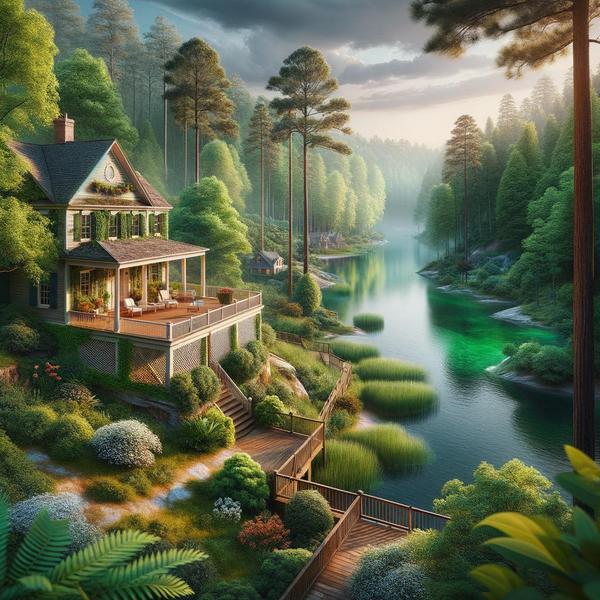

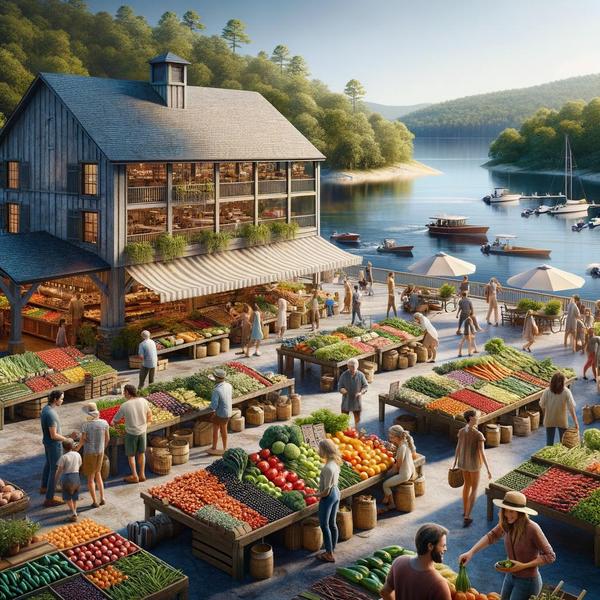
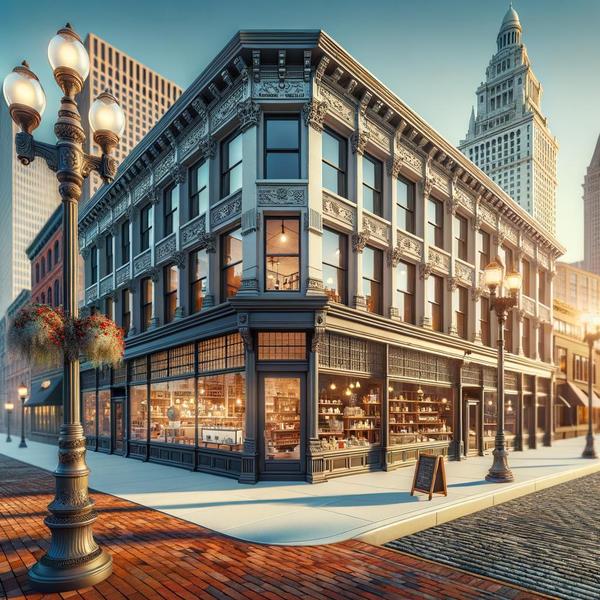
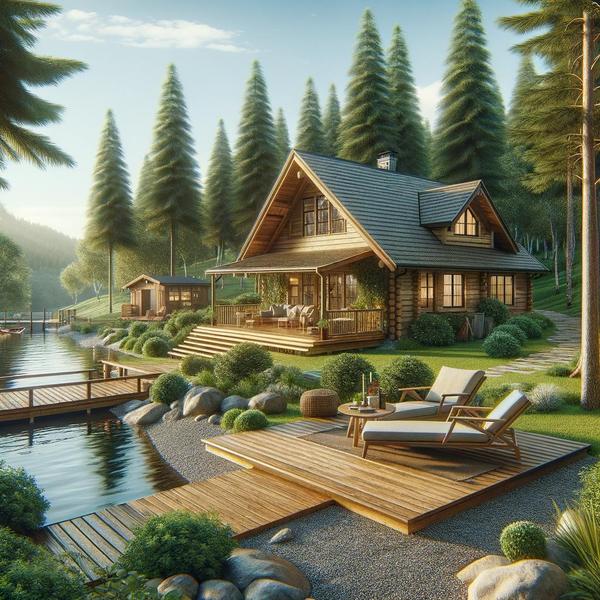
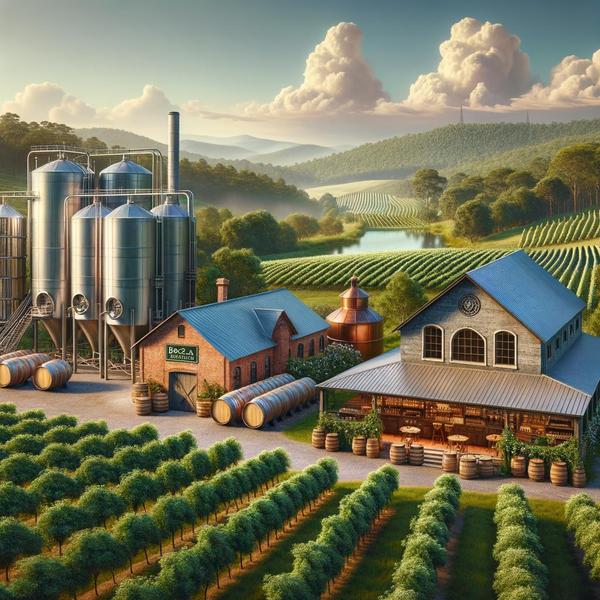



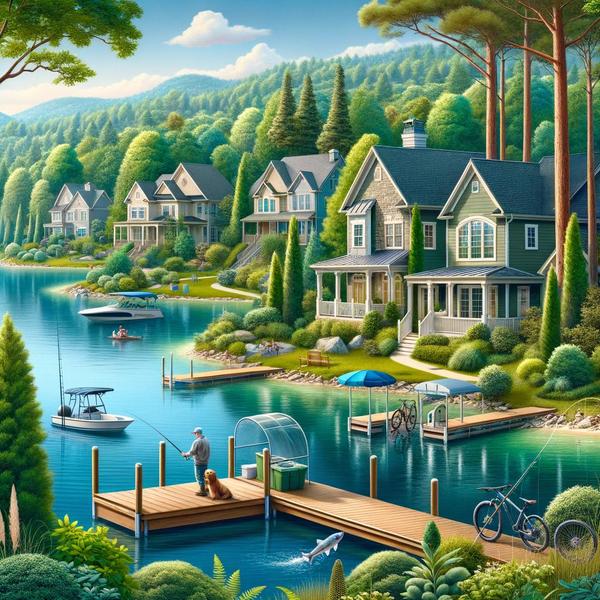
GET MORE INFORMATION

